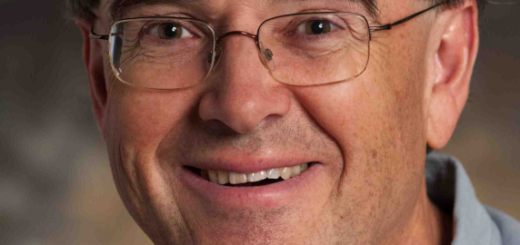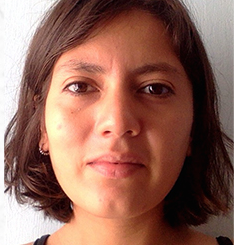Clémence Fournié
Inference of cell differentiation trajectories using a modified optimal transport method based on a probabilistic model of gene dynamics.
While two cells may possess the same genome, they can express their genes differently, leading to distinct cellular outcomes. Cellular differentiation is the biological process that leads a cell to opt for a particular cellular identity. Recently, single-cell RNA-sequencing has allowed to provide gene expression levels at specific times for a large number of individual cells and a large number of genes simultaneously during such a process. Repeating such measurements at different timepoints gives then access to the temporal variation, or transport, of a distribution on a gene expression space. The full temporal trajectory of the distribution characterizes the differentiation process. The optimal transport theory has been used to infer cellular differentiation trajectories from time-stamped single-cell RNA-seq data. However, this theory assumes that cells move, in the gene expression space, by diffusion, when real gene dynamics are much more complex. Our work aims to study the interest, for inferring cell differentiation trajectories, of using a modified optimal transport method based on more realistic gene dynamics. To do so, we will compare the solutions of the optimal transport problem, when the underlying gene model is either assumed to be diffusive or driven by a piecewise deterministic Markov process (PDMP) representing the 2-states model of gene expression.
This model has been shown to reproduce realistic mRNA and protein dynamics at the single cell level. We will present some results based on a toy gene regulatory model and simulated data. By studying the entropy between the solutions of the two optimal transport problems (diffusive or PDMP-based) under different conditions (on the size of the network, on its dynamics, but also the data: number of cells, etc.), we will show that using the PDMP formalism provides a better approximation of the differentiation process than the standard diffusive process



